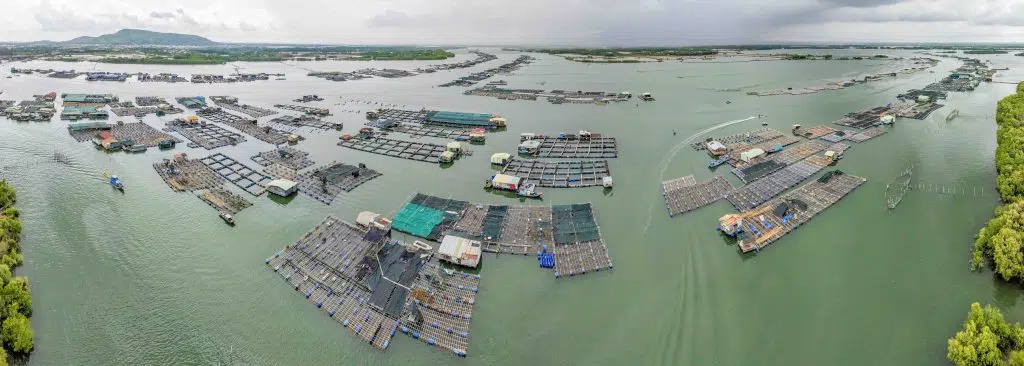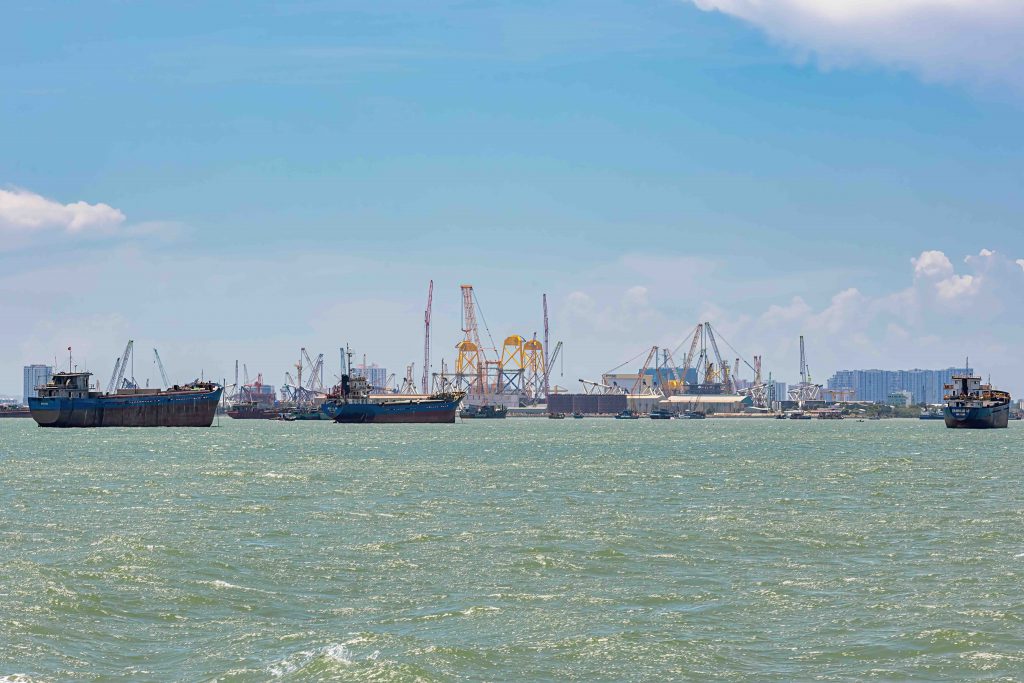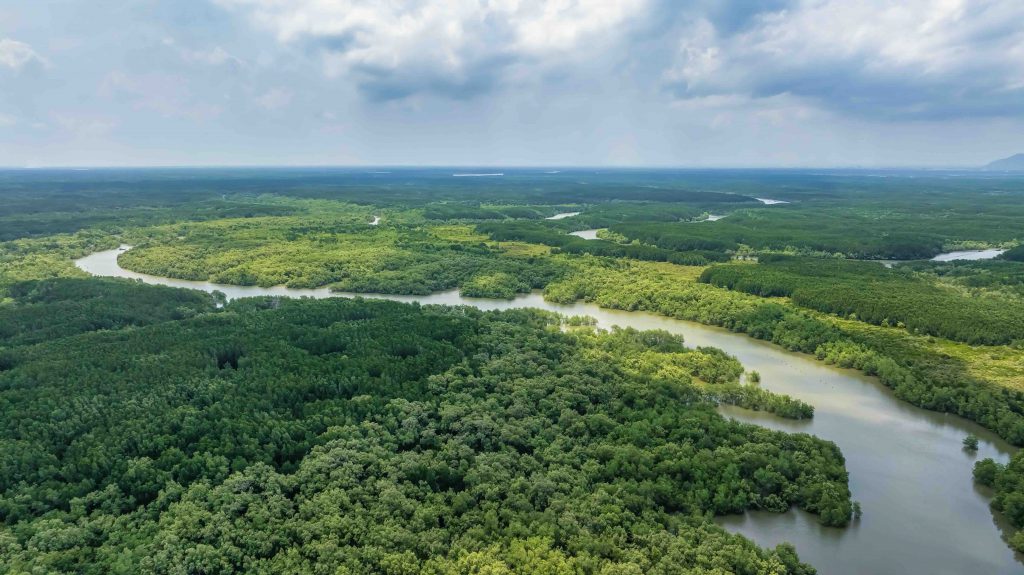Story: Nam Hoa
Photos: Tonkin
While most rivers along Vietnam’s Central Coast are short and steep, the coastline is lined with estuaries that make for natural seaports. Even areas without rivers can support major harbors, and the Mekong Delta once boasted nine “dragon mouths” spilling into the sea. Nestled between these two regions, Southeast Vietnam is a dynamic economic zone, traversed by the nation’s longest inland river – the Dong Nai. Yet it has only one outlet to the sea: Ganh Rai Bay. This lone seaward corridor is richly endowed with strengths that more than compensate for its singularity.

Cradled by two “powerful arms”, the Vung Tau Peninsula to the east and the Can Gio Peninsula to the west, Ganh Rai Bay resembles a vast, deep lagoon that gathers the distributaries of the Dong Nai, namely the Long Tau, Dong Tranh, Thi Vai, Dinh and Cha Va rivers. Among the major branches in the bay’s north, Long Tau and Thi Vai carry immense potential that has already begun to be tapped. A modern port complex is in place, anchored by the Cai Mep – Thi Vai International Terminal with a capacity of 1.1 million TEUs and sufficient depth for vessels of up to 160,000 DWT. The Can Gio International Trans-shipment Super-Port, designed for 16.9 million TEUs and ships up to 250,000 DWT, is also moving forward.
A vast seafood basket
Northeast of the bay, where the Dinh and Cha Va River and myriad branches of the Thi Vai meet the sea, the Long Son – Go Gang area has long been famed for its raft villages, where Pacific oysters, groupers, cobia, and black pomfret thrive. With a prime estuarine location, stable temperatures and salinity, and mangrove forests teeming with plankton, conditions are ideal for oysters. Locals once raised only the native rock oyster, whose thick shell and thin meat required a year to mature. Since 2014, they have successfully farmed the faster-growing Pacific oyster, ready in five to six months. With thinner shells and more meat, this species is more profitable. The simplest and most common way to farm oysters is to use long-line rafts: strings hang beneath a raft, each carrying four or five substrate tiles. On a typical 36 m² frame, roughly 400 lines (about 2,000 tiles) can yield 300 to 400 kg of shell-on oysters. The annual production of Pacific oysters in this area reaches about 2,000 tons (20 to 30 oysters per kilogram).

The initial investment is modest, mainly on seed stock, substrate, and raft construction, while feed costs are virtually zero, making oyster farming in Long Son – Go Gang highly lucrative. Most raft owners now combine aquaculture with floating restaurants. The scene is vibrant on weekends as visitors savor fresh seafood while gazing across Ganh Rai Bay.
Eco-tourism potential
Along with aquaculture, the Cha Va River floating village – renowned as the largest in the Long Son and Go Gang area – has embraced culinary tourism and hands-on experiences. Visitors can try their hands at fish farming and seafood harvesting on spacious, thatched-roof platforms floating on the wide river. Along the riverbanks, lush mangrove forests provide a peaceful backdrop where guests can unwind with a fishing rod or simply let their thoughts drift with the gentle tide.

As evening descends, the sun glows like a brilliant orange, gradually sinking into the sea and casting a golden hue across the open sky. The towering cranes at Vung Tau Port stand silhouetted against the sunset, while the lights of the city’s high-rises begin to twinkle. Surrounded by open water and fresh sea air, a seafood meal with friends beside peaceful Gan Rai Bay leaves a simple but lasting impression.
Like an emerald door ope ning to the sea, Ganh Rai Bay is steadily emerging as the Southeast’s vital economic gateway – a land of abundance and promise, where industry, livelihoods, and tourism come together in harmony.










